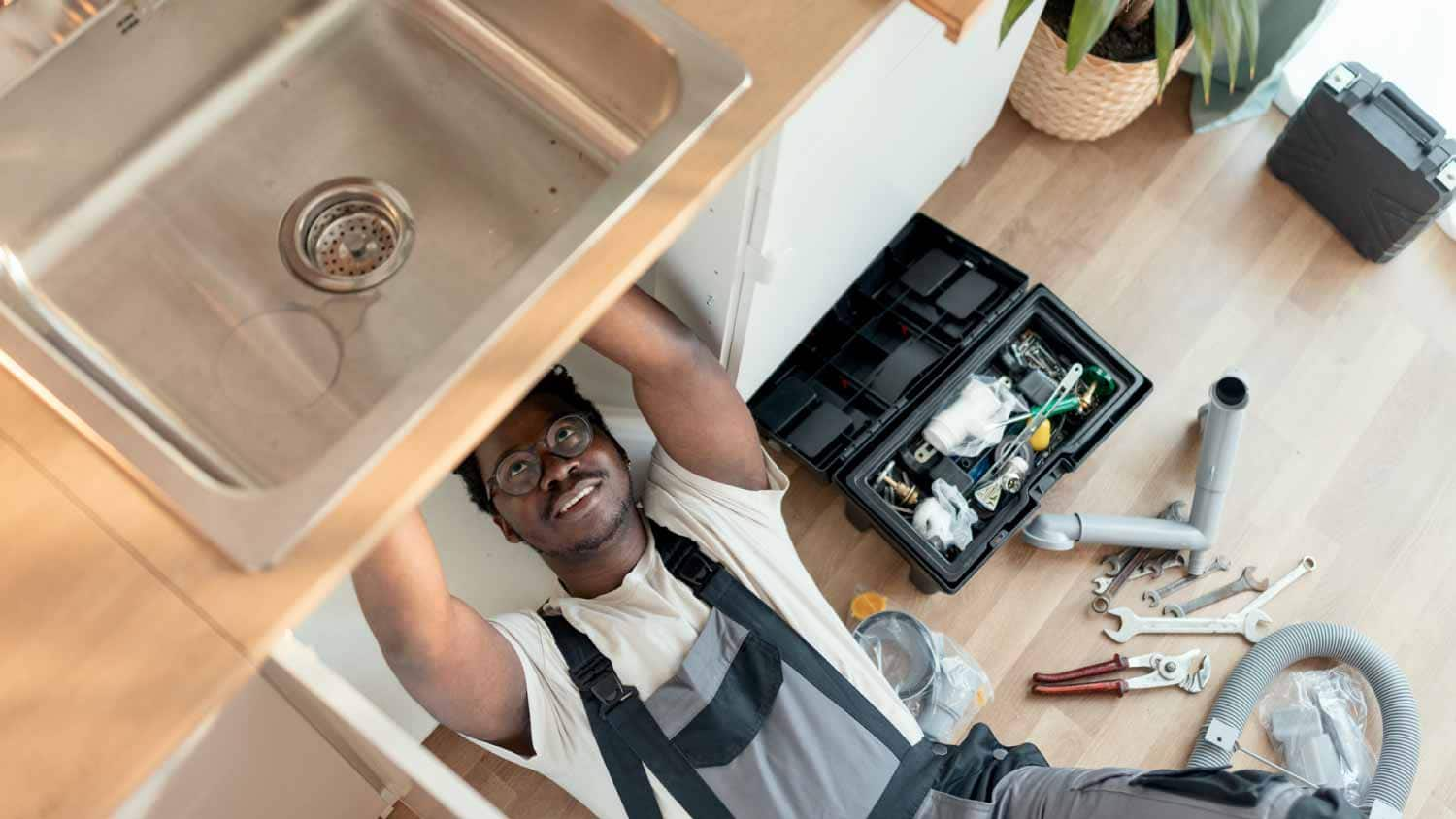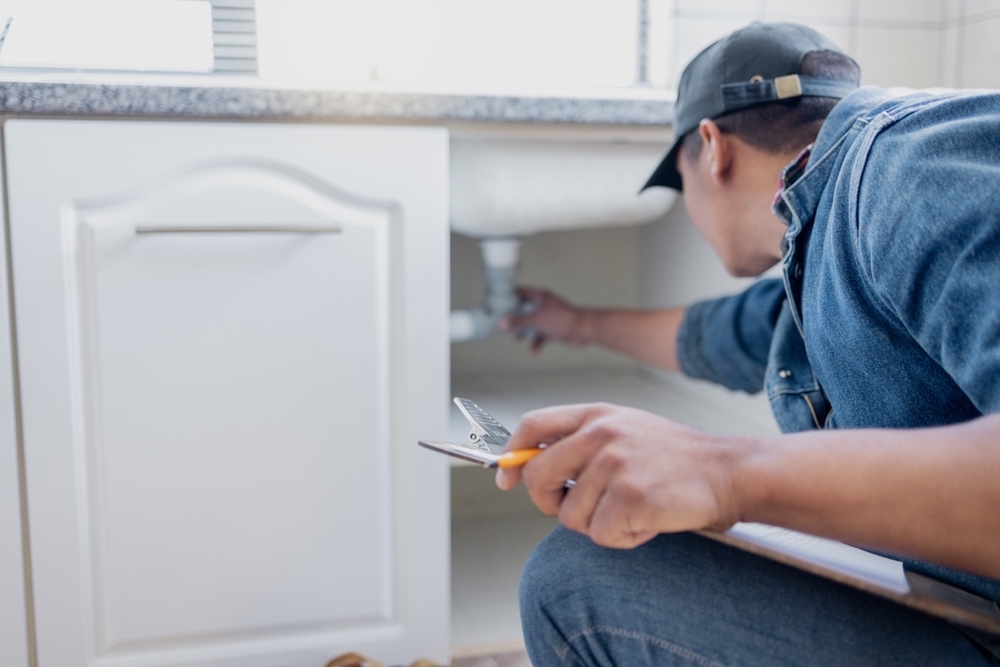Just how do you actually feel in regards to When to DIY and When to Call a Professional Plumber?

Intro
Plumbing concerns can range from minor aggravations to major headaches, frequently motivating property owners to determine between dealing with the trouble themselves or contacting a professional plumbing. Understanding when to do it yourself and when to look for expert help can save time, cash, and prevent prospective disasters. This write-up checks out the variables to take into consideration when making this crucial choice.
Benefits of DIY Pipes
Taking on pipes jobs yourself can be satisfying in several ways, specifically for easier projects.
Complexity of Jobs
Some plumbing issues require specialized knowledge and devices past common homeowner abilities. Mishandling complicated issues can bring about additional damages and costly repair work.
Safety Issues
Collaborating with plumbing systems includes risks such as exposure to water damage, potential for electric threats, and managing tools incorrectly. Safety preventative measures need to be observed to prevent crashes and make sure reliable repair services.
Indicators to Call a Professional Plumber
Identifying when a plumbing problem surpasses do it yourself abilities is crucial to preventing intensifying problems.
Indicators of Complex Concerns
Instances consist of:
Trigger professional treatment is essential to attend to these issues effectively and lessen damage.
Do It Yourself Plumbing Tips
For effective do it yourself plumbing, it's essential to be prepared with the right devices and follow appropriate procedures.
Fundamental Devices and Materials
Secret devices for do it yourself pipes:
Step-by-Step Guides
Clear directions guarantee secure and reliable DIY fixings:
Choosing the Right Time to DIY
Identifying when to tackle plumbing jobs on your own needs examining both the complexity of the issue and individual convenience levels.
Assessment List
Consider:
Cost Cost savings
Do it yourself pipes projects usually save cash by staying clear of professional service charge. Jobs like repairing small leaks, replacing taps, or mounting new showerheads are examples where home owners can handle repair work without employing a plumber.
Skill Improvement
Taking part in do it yourself pipes supplies a possibility to find out and boost sensible skills. Standard tasks empower home owners to recognize their pipes systems much better and acquire self-confidence in taking care of tiny repairs individually.
Threats of Do It Yourself Plumbing
While DIY projects supply advantages, specific risks should be carefully taken into consideration prior to attempting fixings.
When to Absolutely Call a Professional
Particular situations require immediate skilled focus to avoid considerable damage or security hazards.
Emergency Scenarios
Examples include:
Searching for and Employing an Expert Plumbing Professional
Picking a certified plumber ensures reputable service and assurance in fixing plumbing issues.
Requirements for Selection
Factors to take into consideration:
Cost Evaluation: DIY vs. Specialist Services
Contrasting the economic ramifications of do it yourself efforts versus expert plumbing solutions helps in making educated choices.
Financial Considerations
Review:
Conclusion
Making a decision whether to do it yourself or call a professional plumbing technician rests on recognizing the intricacy of pipes concerns and individual capacities. By evaluating the advantages and dangers, home owners can make enlightened selections that advertise reliable upkeep and protect their homes from pipes catastrophes.
DIY vs. Professional Plumbing Repairs: When to Call a Pro
When dealing with plumbing issues or embarking on renovation projects, homeowners have to decide whether or not they want professional help with their home’s plumbing system. While master plumbers can complete just about any plumbing project, they can cost a pretty penny. On the other hand, DIY plumbing projects can very quickly go awry, which can make things worse.
In this blog, we’ll explore common plumbing projects that homeowners can confidently tackle, provide insights into the essential tools needed, and discuss critical DIY mistakes to avoid. Understanding these distinctions not only helps in maintaining the efficiency and longevity of your home’s plumbing system but also ensures safety and cost-effectiveness in your repair endeavors.
Installing/Replacing Certain Plumbing Fixtures
Most homeowners should be able to install new plumbing fixtures or replace old ones that are damaged or old. Using basic tools, you should be able to effectively:
Replace faucet washers or cartridges Replace showerheads Install a new toilet seat Hook up new appliances Replace hose bibbs Unclogging Drains
You should also be able to fix any clogged drains within your home by using a plunger, plumber’s snake, or natural solutions like baking soda and vinegar. These can often clear clogged sinks or bathtubs without needing professional drain cleaning assistance.
Fixing Running Toilets
Another plumbing issue many homeowners may be able to handle is a running toilet. Toilets may run more than they should due to a faulty flapper or float inside the tank. Toilet replacement parts are easy to find and often come with easy-to-follow instructions.
Repairing Leaky Faucets
A dripping faucet can not only be an annoyance, but it can also be a waste of water. Leaky faucets can normally be fixed with basic tools and a basic understanding of how they work, making them easy to fix.
Adjusting Water Heater Temperature
If you are able to follow basic safety precautions, you should be able to adjust the temperature on your hot water heater, which can improve your home’s energy efficiency and also increase comfort.
Fixing Minor Leaks in Pipes
For small plumbing leaks, particularly ones at pipe joints, using plumbing tape or a patch kit can be a temporary fix while you decide on a more permanent solution. Repairing broken pipes, however, can be more difficult and may require professional attention.

I was guided to that article on through an associate on another web address. Sharing is good. You just don't know, you might be helping someone out. Many thanks for taking the time to read it.
Click Here